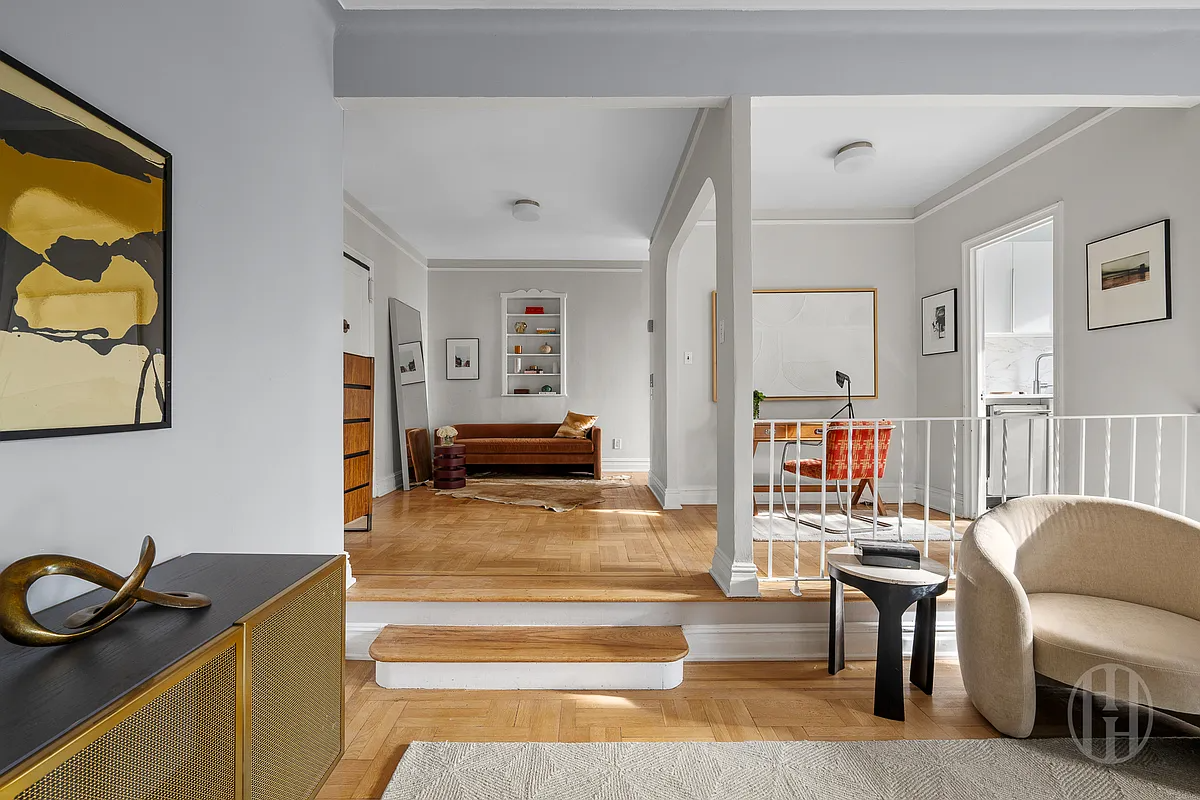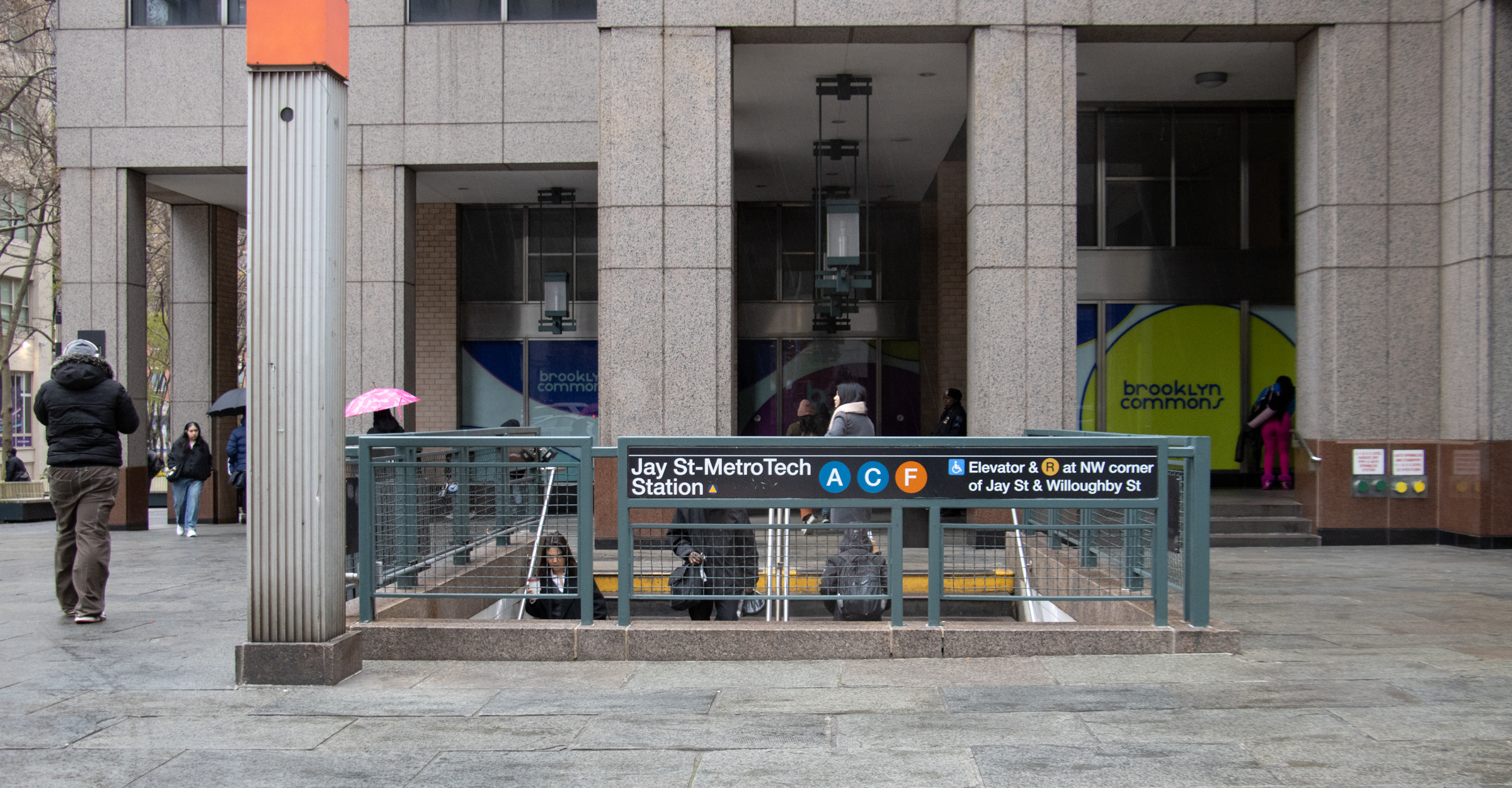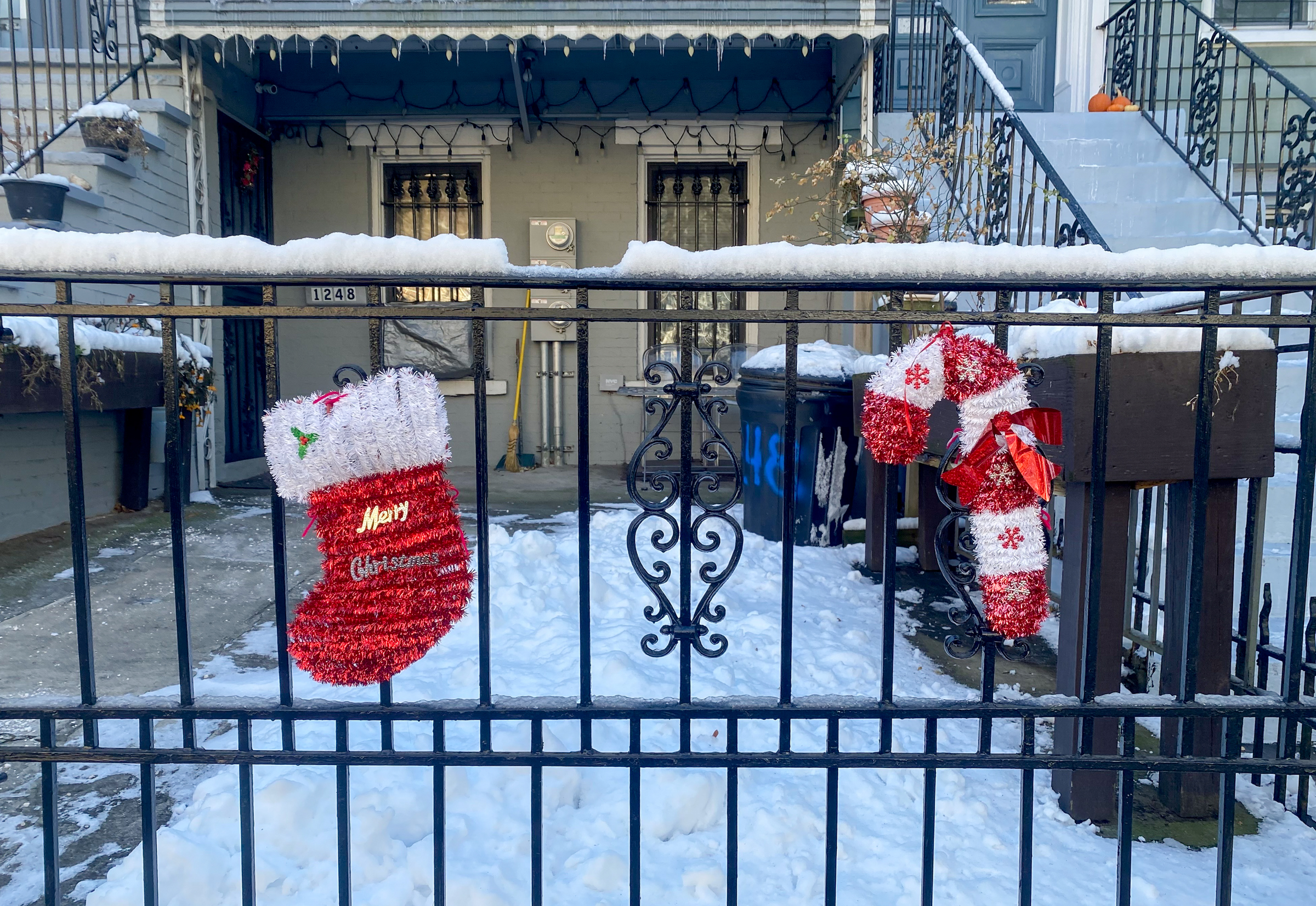Historic Heights Co-op Planning Arboricide?
All is not right at the Mansion House, the 107-unit co-op at 145 Hicks Street in Brooklyn Heights. According to a poster in the Brownstoner Forum yesterday, the co-op board has decided to chop down the old, but quite healthy, Elm tree outside its front door. The reason, The Brooklyn Paper reports today, is that…


All is not right at the Mansion House, the 107-unit co-op at 145 Hicks Street in Brooklyn Heights. According to a poster in the Brownstoner Forum yesterday, the co-op board has decided to chop down the old, but quite healthy, Elm tree outside its front door. The reason, The Brooklyn Paper reports today, is that the board doesn’t want to spend the $8,000 to reroute electrical pipes ensnared in the 75-foot-tall tree’s roots. (The issue has some immediacy because there’s a leak coming from a broken pipe.) That’s what, less than $80 per apartment? Come on! Speaking of the Mansion House, we dug up a neat wood engraving that comes to us from the Long Island Historical Society via Clay Lancaster’s must-read Old Brooklyn Heights. According to the book, the Mansion House was built in the 1930s on the site of a former Brooklyn Collegiate Institute for Young Ladies. Check it out on the jump.
Mansion House to Kill Tree [Forum]
A Tree Falls in Brooklyn [Brooklyn Paper]






also not ideal is having 7 people make a decision that is important to an entire neighborhood.
11:21, what people are pointing out is that there is (maybe) one downside to this tree, that it’s close to the building, but that there are 20 upsides to the tree being there. It’s called weighing all factors. Not just weighing one factor. Go back to your board at your co-op and tell them that.
Great points, 10:53. When our backyard had been cleared of all shrubs and trees and plants in late Winter, getting ready for planting in Spring, there were some heavy rains that sent nasty muddy water runoff right into our house. Formed a lake at the back of the house at the foundation, and came into the basement through the foundation wall. Plants and trees hold back the water from a foundation!! As for being a canopy to protect a facade and roof from harsh direct sun and rain too – it absolutely protects those surfaces and makes them last longer. There are very ignorant, uninformed, short-sighted attitudes out there about trees. I had a neighbor in another state who cut down a big healthy tree all panicky about the roots slightly buckling the sidewalk, once. After that, his property had only newly planted growth, this in an 80 year old neighborhood when everyone else had nice big trees in their yards. Totally lowered the value and appeal of his house.
The tree is too close to the building’s exterior walls. It is not an ideal situation.
The tree in front of Mansion House adds some needed greenery and shade to the sidewalk. It’s a real shame the board of Mansion House is so short-sighted that they can’t understand that this tree adds value.
The tree in front of Mansion House adds some needed greenery and shade to the sidewalk. It’s a real shame the board of Mansion House is so short-sighted that they can’t understand that this tree adds value.
It can live up to 300 year’s old? Man, that sucker can even outlast a rent-controlled tenant!!
Shame on this building.
Here’s information about the tree situation:
The tree is an American Elm, ulmus americana. It is sometimes known as White Elm or American White Elm. It is an extremely hardy tree. Healthy potentially can live for hundreds of years.
American Elms, especially beautiful mature trees like this one, are de facto endangered species, given the devastation caused by Dutch Elm Disease.
The Board and others asked several experts to examine the tree, including Bartlett Tree Experts, Prospect Tree Service, landscape architects and others. All report that we have a very healthy tree. There is no sucker growth and no dead branches, and the tree has a healthy leaf canopy.
John Kilcullen, who cared for the tree while working for Bartlett Tree Experts, estimates that the tree is approximately 80 years old – it can live up to 300 years
According to Bartlett’s report (attached), “since the tree has reached its mature size, an increase in trunk and/or canopy size is unlikely.†Bartlett has provided pruning and cabling to preserve the canopy and support the tree’s crotch areas.
Bartlett concludes its report with the following statement: “With the likelihood of imminent failure of the Mansion House Elm low, the tree can remain in the landscape.â€
Engineering studies completed for the Mansion House portico project indicate that the tree’s roots do not threaten the building. A landscape architect consulted on the matter notes that Elms do not have invasive water-seeking root systems, like red maples and other trees have, so it is not a threat to our foundation. Since the tree is so old and mature, any damage from it would have occurred by now.
The portico architect notes that the tree is probably causing a leak where the electrical conduit enters the building by pressuring the conduit. Given the fact that the tree’s root system is not invasive, it probably has not contributed to other potential leaks.
The best way to fix the conduit is to reroute it away from the tree. The Board has estimates from electrical contractors for this work, which the contractors say can be done readily. We can weather proof the building from inside to stop other potential leaks, instead of cutting into the trees roots and killing it.
Rerouting the conduit and water proofing the leak from the inside and saving the tree is well worth the effort. The Board based its decision on financial analysis that credited the Elm itself with no value for the building or for the neighborhood. Omitting the value of the tree is simply incorrect analysis.
The Elm’s value to the Mansion House and neighbors includes the following:
• Water repellent. The tree’s canopy repels water from our building and from neighboring buildings, adding to the life of the building façade and to other buildings.
• Water absorption. The tree’s root system absorbs rain water from the garden area, keeping if from pooling and from pressuring the foundation.
• Energy savings. The tree’s canopy shades a large portion of the building’s B-side façade, reducing cooling expenses for all residents within its shade. It also helps reduce the temperature in the garden by several degrees below the sidewalk area, providing the “Mansion House welcome†that many appreciate.
• CO2 reduction. As the Parks Department notes, trees remove CO2 from the atmosphere. Big trees like this one do it best.
• Property value. The Parks Department and many other sources report on research that states that homes with trees in front sell for more money. Conceivably, the tree could add one percent to the value of our apartments. Assuming an average market value of $600,000 for the 108 apartments and a one percent market increase due to the tree, the tree adds $648,000 in value to Mansion House apartments as a whole.
• Other value. The tree also helps absorb street noise and provides habitat for birds and other wildlife.